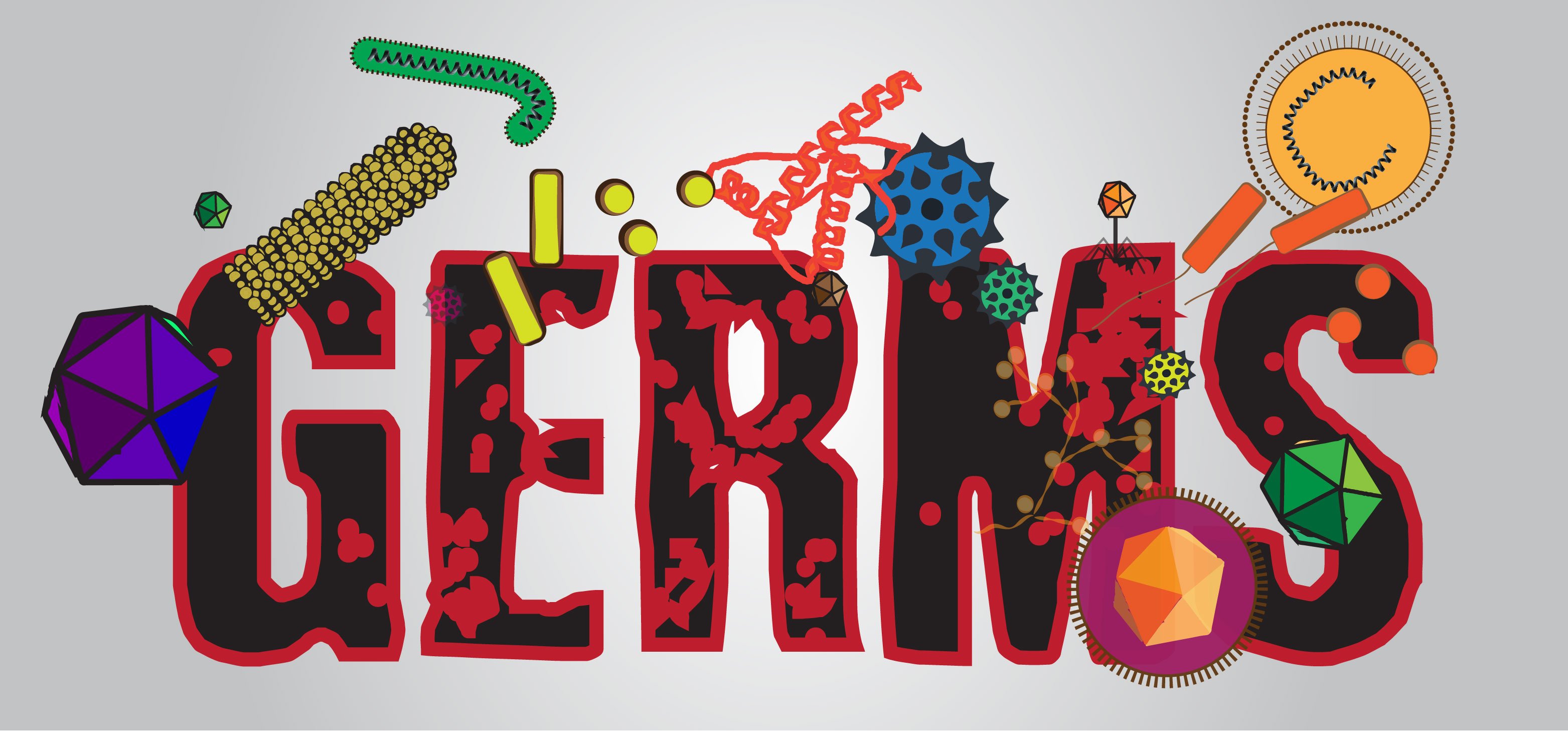While AI can speed up recruiting, it may also negatively impact the candidate’s experience. Here are six smart ways to leverage AI responsibly in hiring. The post 6 Smart Ways to Use AI in Hiring appeared first on The Avilar Blog.
While AI can speed up recruiting, it may also negatively impact the candidate’s experience. Here are six smart ways to leverage AI responsibly in hiring.
For more than a decade, employers have been using artificial intelligence (AI) to streamline hiring efforts – starting with applicant tracking systems (ATSs) that screen resumes based on keyword-matching with job descriptions. Today, widespread AI adoption by HR teams and job seekers both simplifies and complicates the hiring process. While AI can speed up recruiting, it also introduces challenges like potential bias, automated job applications, and an impersonal candidate experience. Here are six smart ways to leverage AI responsibly in hiring.
Current State: AI in Hiring
AI tools have transformed recruiting, making it faster and more cost-effective than traditional hiring practices.
Digital Ocean shared these examples of AI in hiring:
- AI-powered chatbots can engage with candidates and answer their questions in real-time, improving communication and candidate experience.
- Machine learning algorithms sift through resumes, identifying key skills and experiences that match job descriptions.
- Predictive analytics are used to forecast the future performance of applicants, helping to make more informed hiring decisions.
- Automated scheduling software organizes interviews and coordinates calendars without the need for manual input, saving time for recruiters.
Although such tools are increasingly prevalent, the potential for bias and a decline in the candidate experience are some of the drawbacks.
Job seekers are pushing back, too. Initially, keyword stuffing on resumes and cover letters was enough to push an application to the top of an ATS screening mechanism. Now, job candidates are harnessing AI to write cover letters and resumes, and to robo-apply for hundreds of jobs in just a few clicks.
This highlights a fundamental flaw in the traditional hiring model: overreliance on resume-matching instead of skills-based hiring. Given the mix of opportunities and challenges AI presents, HR leaders must be intentional about adopting AI tools in a way that aligns with their goals and company values.
1. Start with Skills-Based Job Descriptions
An up-to-date job description may be your first introduction to your next employee. It’s an opportunity to introduce the company, showcase your culture, set clear expectations, and attract the right candidates.
Instead of a generic job post, use storytelling to describe “a day in the life” of the role, helping candidates visualize themselves in the position. Be specific about the skills required to step into the role and include measurable success metrics for the first 30, 60, or 90 days.
PRO TIP: Though it’s tempting to have generative AI write your job descriptions, be sure a human has the last say, reviewing and refining them. A well-crafted description should reflect the nuances of your organization and the role.
2. Minimize Recruitment Bias When Sourcing Candidates
When it comes to candidate sourcing, Jobylon points out that, “AI-based sourcing solutions make it easier for recruiters to locate and connect with relevant talents more quickly.” These tools scan job boards, social media platforms, and online profiles to find matches based on job requirements.
However, AI-based algorithms and machine learning can streamline and automate a range of sourcing tasks, from searching job boards and social media platforms to identifying relevant candidates for a specific job. Some tools can help with marketing your job openings and even interact with job candidates online.
However, AI algorithms are only as good as the data they are trained on. Bias – whether unconscious human bias or ingrained in AI models – remains a significant risk. When it comes to AI, the danger of discriminating against candidates based on gender, race, age, education, or other traits becomes an exponential risk. In fact, early AI hiring systems faced criticism for favoring male candidates over female ones and many were scrapped when the bias became clear.
The good news? AI can be trained to reduce bias by focusing on objective skills and qualifications, ideally providing recruiters with data-driven insights and recommendations that help them make informed decisions.
PRO TIP: Regularly audit the results of your AI-based sourcing tools to ensure that they align with your company values and workforce priorities.
3. Make It Clear AI Bots Are Not Welcome
If you don’t want job candidates to use AI in their application process, let them know.
Consider including a statement in your recruitment outreach and job descriptions that AI-generated applications will not be considered and that candidates must submit authentic, original responses.
This sets clear expectations and reinforces company policies regarding the use of AI at work.
PRO TIP: Add a simple verification step in the application process—such as a required video introduction or a personalized response to a specific question—to help filter out AI-generated applications.
4. Use Smart Screening Questions
One of the best ways to distinguish between human applicants and AI-generated responses is to include thoughtful, open-ended screening questions. These questions should prompt candidates to reflect on their experiences and thought processes, making it harder for AI to generate generic responses.
Examples include:
- What motivates you at work?
- Tell me about a time when you had to think on your feet to solve a problem. What was the challenge, and how did you handle it?
- Our goal is to increase user engagement with our product by 10% in the first six months. How would you approach this challenge?
The more specific and tailored your questions, the easier it will be to gauge a candidate’s true capabilities.
PRO TIP: Continuously refine your screening questions to stay ahead of AI-generated responses while still capturing meaningful insights from candidates.
5. Use Employee Skills Tests to Identify the Best Candidates
Listing desired skills in job descriptions is just the first step in skills-based hiring. The next step is incorporating employee skills tests into your hiring process.
By focusing on skills rather than resumes, you can:
- Access a broader talent pool
- Speed up hiring
- Reduce bias by focusing on ability rather than pedigree
The move also distances hiring decisions from applicants’ educational backgrounds, workforce gaps, and military backgrounds – freeing recruiters and hiring managers to focus on which candidates are best able to do the work at hand.
Skills assessment, such as those provided by Avilar’s WebMentor Skills™, offer an objective way to evaluate candidates based on their proficiency. This data helps hiring managers make informed decisions and also provides a roadmap for employee development after onboarding.
PRO TIP: Incorporating skills assessments into the hiring process has the added benefit of setting expectations for ongoing employee training and development, ensuring workforce agility in a rapidly evolving marketplace.
6. Keep Humans in the Hiring Loop
Since the first sci-fi flicks, there have been concerns that computers will replace humans at work. Every time there is an advancement in AI, we see headlines to the same effect for that technology. But, while AI can enhance efficiency, human connection remains critical in the hiring process.
According to the Pew Research Center, about two-thirds of Americans say they would not want to apply for a job if AI were used to help make hiring decisions. The stance to eliminate AI from the decision-making process may be too stark for current times, but preserving human interaction in the recruitment process is still essential to providing a positive candidate experience. A balance between AI automation and human interaction is essential for a positive candidate experience.
Recruiters and hiring managers should personally engage with candidates, conduct interviews, and ensure that AI is only used as a support tool, not the final decision-maker.
PRO TIP: Assign dedicated recruiters or hiring managers to personally review AI-filtered applications, ensuring that qualified candidates aren’t overlooked due to algorithmic biases or skewed training data.
AI is here to stay – and it will continue to evolve. That means recruitment and hiring strategies must evolve, too. By balancing AI’s efficiency with human judgment and ethical considerations, companies can build stronger, more diverse, and future-ready workforces.
If you’re using AI tools in your recruitment and hiring practices, keep skills in mind. Avilar’s Competency Management Toolkit has tips and best practices for skills- and competency-based workforce management success. Questions? Contact us to see if Avilar’s WebMentor Skills™ can support your team.
RELATED RESOURCES
Benefits of Skills-based Hiring
What Skills-based Talent Management Looks Like
How Competencies Can Help You Overcome the Halo Effect in the Workplace
Can Employee Skills Assessments Really Help Avoid a Mis-Hire?
How is AI used in the workplace? Is your workforce ready?
The post 6 Smart Ways to Use AI in Hiring appeared first on The Avilar Blog.










